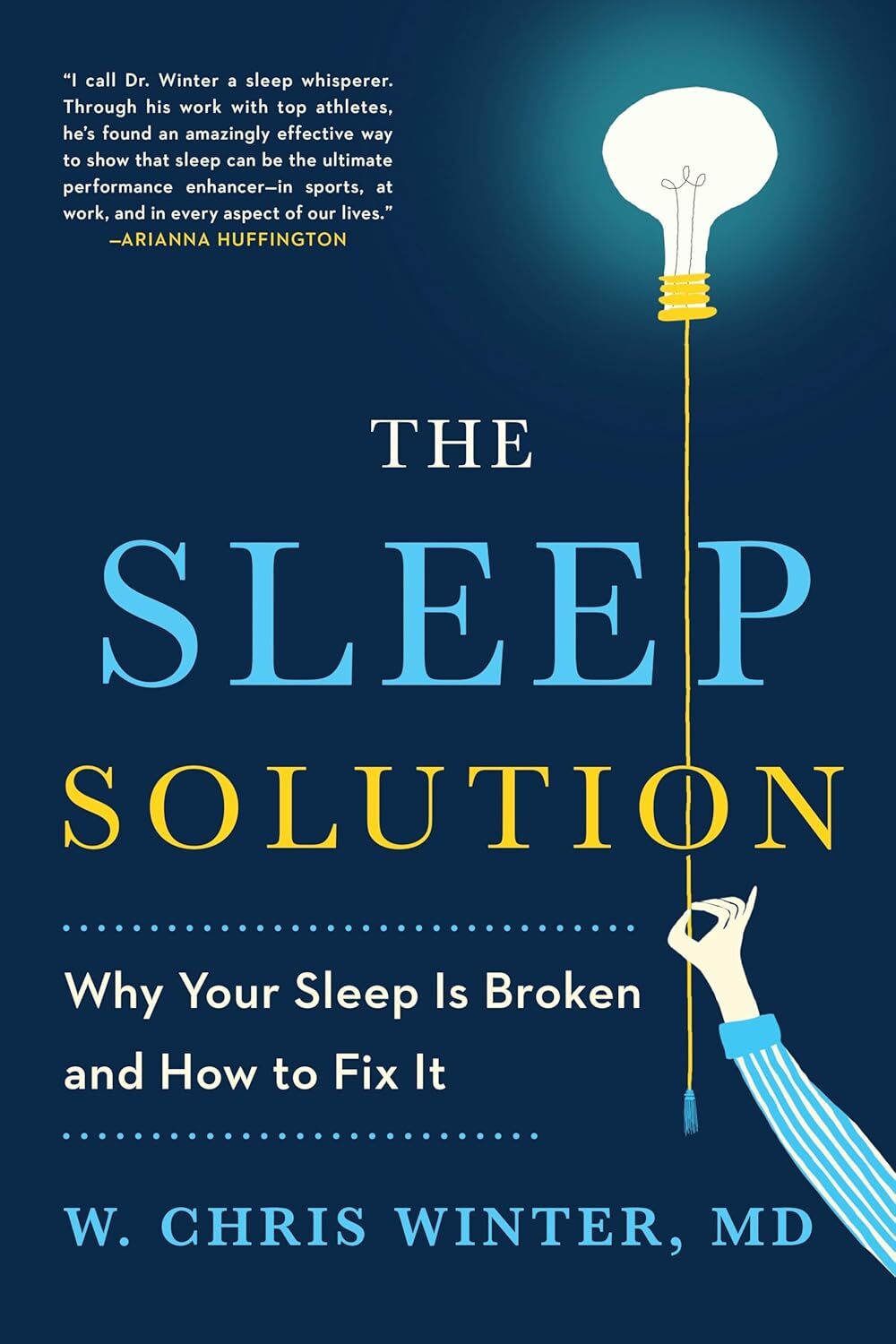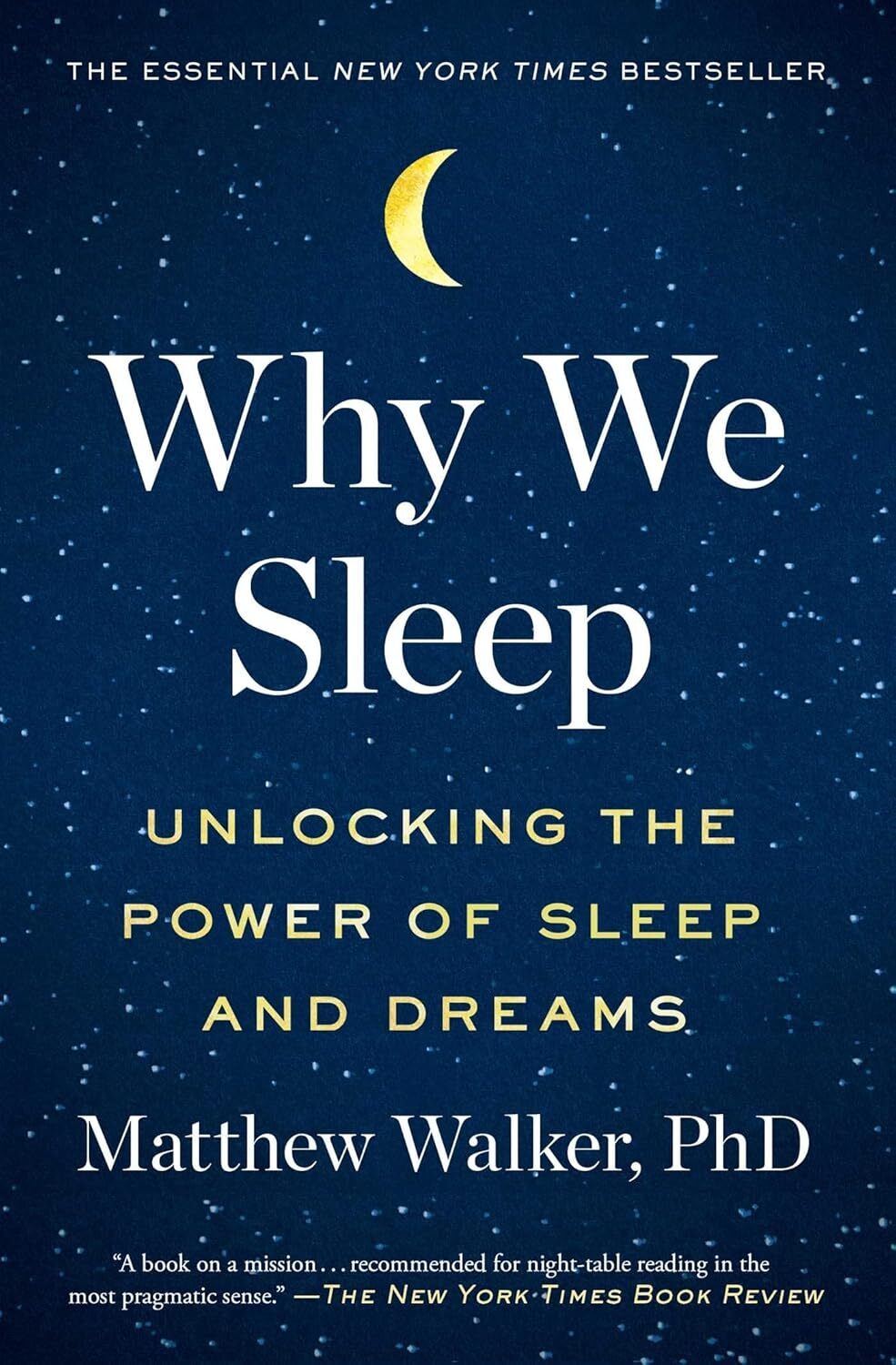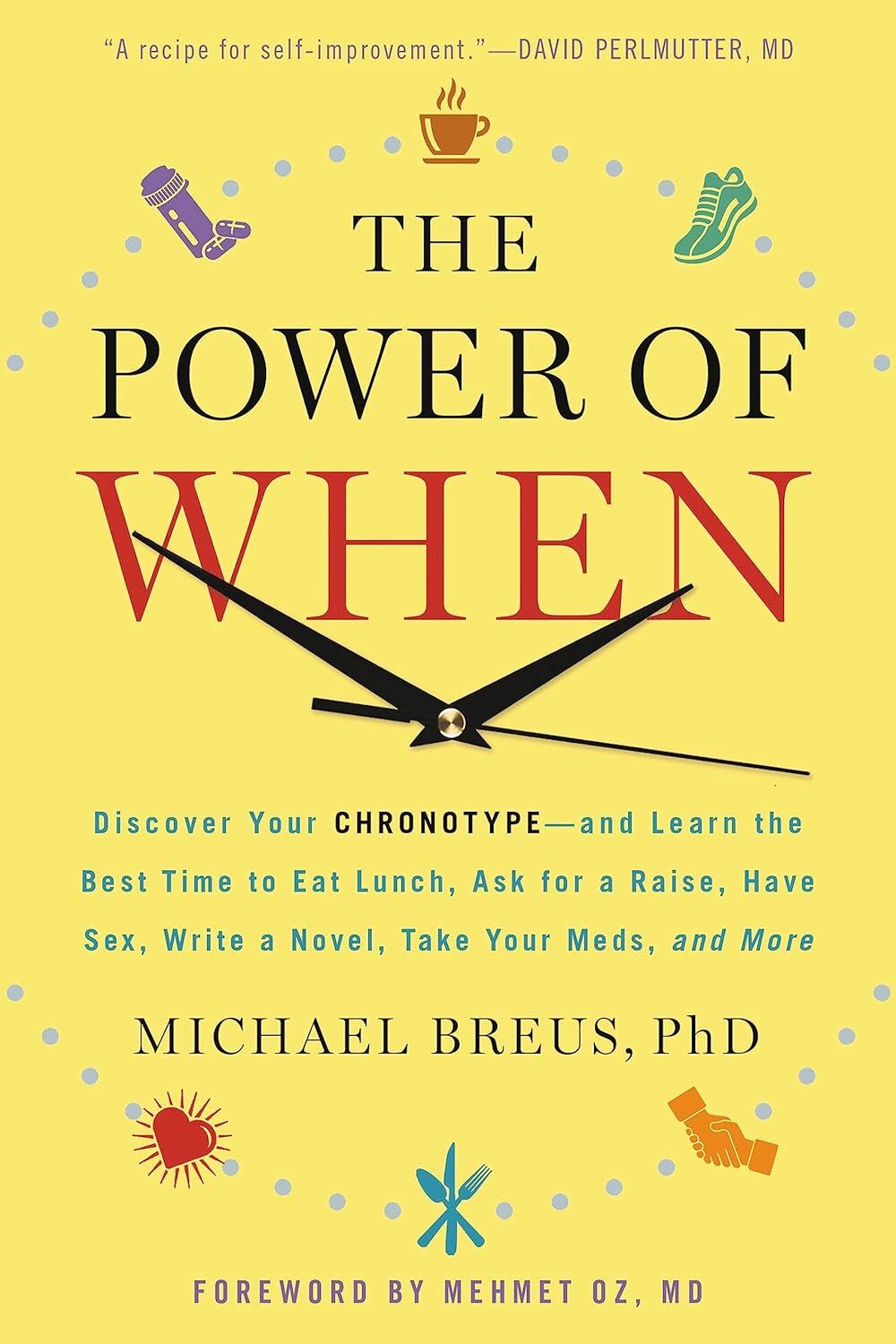Pre-Sleep Routine
Properly Prepare Your Body and Mind for Restful Sleep

Introduction
Pre-Sleep Routine is a set of calming activities performed consistently before bed to signal the body and mind to transition into rest. This practice promotes faster sleep onset, deeper rest, and improved overall well-being.
Why It Works
A good pre-sleep routine aligns with the body’s circadian rhythm, triggering melatonin production to ease sleep onset and reduce nighttime awakenings. By lowering stress and calming the nervous system, it shifts the body from a "fight or flight" state to a "rest and digest" mode, enhancing sleep quality. Research shows consistent pre-sleep habits can reduce insomnia symptoms by up to 30%, improve mood, and support cognitive function.
How To Do It
Instructions:
1. Prepare Your Space
Create a calm bedroom environment: dim lights, set temperature to 60–67°F, and minimize noise with earplugs or a white noise machine. Allow 30–60 minutes for your routine, starting at the same time nightly. For more info, see Sleep Environment.
2. Settle into Relaxation
Begin with 5–10 deep breaths: inhale through your nose for four counts, hold briefly, exhale through your mouth for six. Let your breath flow naturally as you proceed.
3. Engage in Calming Activities
Choose 2–3 soothing tasks, spending 5–15 minutes each, moving from active to passive:
4. Limit Screen Time: Stop using devices 1 hour before bed; use blue-light filters if necessary.
5. Light Stretching: Perform gentle stretches, like neck rolls or seated forward bends, to release physical tension.
6. Reading: Read a light book or magazine (avoid thrillers) to quiet the mind.
7. Meditation or Gratitude: Practice a 5-minute mindfulness meditation or jot down 3 things you’re grateful for.
8. Warm Drink or Bath: Sip herbal tea (e.g., chamomile) or take a warm bath to relax muscles.
9. Aromatherapy: Use lavender essential oil in a diffuser or on your pillow for calming effects.
10. Handle Disruptions Gently
If thoughts intrude, acknowledge them and refocus on your routine, perhaps journaling briefly to offload worries. Keep activities consistent nightly.
11. Conclude Mindfully
Once complete, lie down, take a few deep breaths, and focus on the sensation of your body sinking into the bed. Allow 1–2 minutes before closing your eyes to sleep.
Helpful Tips:
- Start small: Begin with 15–20 minute routines if time is limited.
- Choose consistency: Stick to the same order and timing nightly for habit formation.
- Stay mindful: Focus on the present activity, avoiding overthinking the day.
- Manage stimulation: Skip caffeine, heavy meals, or intense exercise 3–4 hours before bed.
- Use a timer: Set a gentle alarm to signal the start of your routine.
- Practice nightly: Effects strengthen over 2–4 weeks of regular use.
- Track progress: Journal sleep quality or mood changes to monitor benefits.
- Combine techniques: Pair with deep breathing or body scan for enhanced relaxation.
- Be patient: Adjust activities gradually to find what suits you best.
Recommended Videos
Pre-Sleep Routine: 6 Steps to Help You Fall Asleep Before You Get Into Bed
Sullivan Associates Clinical Psychology
My Evidence-Based Sleep Routine
Ali Abdaal
Unlock Better Sleep: 4 Powerful Routines to Beat Insomnia
Therapy in a Nutshell
Influential Books
The Sleep Solution is an exciting journey of sleep self-discovery and understanding that will help you custom design specific interventions to fit your lifestyle.
Matthew Walker has made abundantly clear that sleep is one of the most important but least understood aspects of our life.
Most advice centers on what to do, or how to do it, and ignores the when of success.
* As an Amazon Associate I earn from qualifying purchases.
Helpful Websites
Popular Apps
Scientific Research
- Baranwal, N., et al. (2023). Sleep physiology, pathophysiology, and sleep hygiene. Progress in Cardiovascular Diseases, 77, 59–69. https://pubmed.ncbi.nlm.nih.gov/36841492/
- Irish, L. A., et al. (2015). The role of sleep hygiene in promoting public health: A review of empirical evidence. Sleep Medicine Reviews, 22, 23–36. https://pubmed.ncbi.nlm.nih.gov/25454674/
- Medic, G., et al. (2017). Short- and long-term health consequences of sleep disruption. Nature and Science of Sleep, 9, 151–161. https://pubmed.ncbi.nlm.nih.gov/28579842/
- Stepanski, E. J., & Wyatt, J. K. (2003). Use of sleep hygiene in the treatment of insomnia. Sleep Medicine Reviews, 7(3), 215–225. https://pubmed.ncbi.nlm.nih.gov/12927121/
Related Topics:
Strongly Related
Reduce Stress:
[Links to related web pages]
[Links to related web pages]
[Links to related web pages][Links to related web pages]
Moderately Related
Issue B:
[Links to related web pages]
[Links to related web pages]










